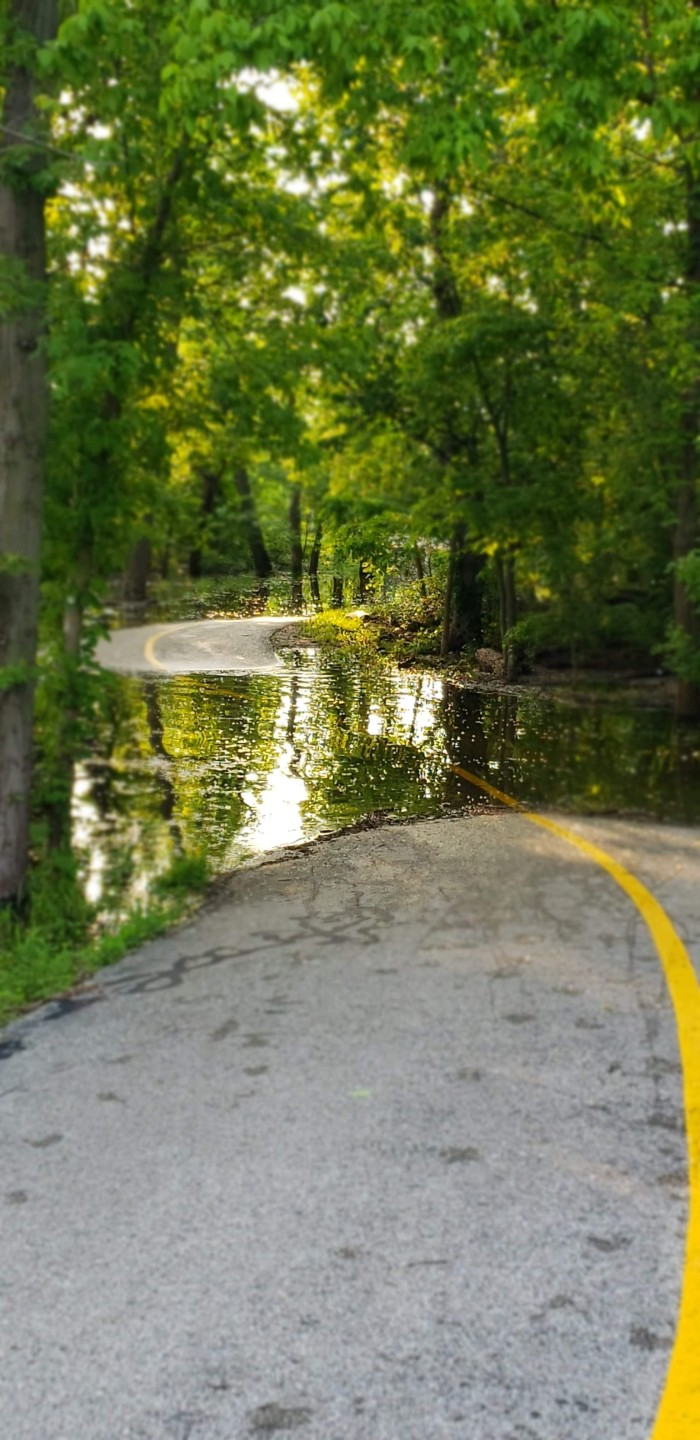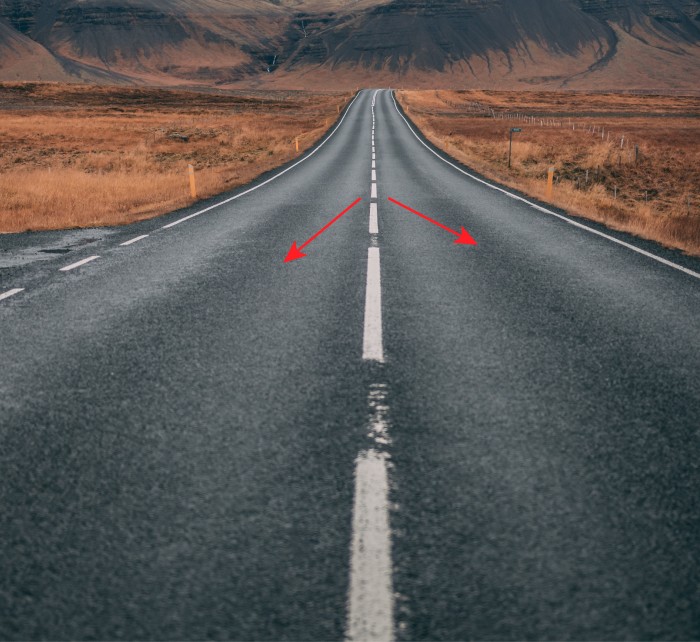Road Replacement: More Than What it Seems
Posted on August 14, 2020

Replacing your local road might not seem like much of task. It may look like the alignment of the road didn’t change at all or it may look like the new road was just put back exactly where it was before. When a road is replaced, some of the most significant geometric changes to the road can be difficult to notice. That is, until a heavy rain.
When roads with poor drainage are exposed to water, the pavement will deteriorate much faster. Standing water can infiltrate into the underlying soil or into pavement joints and cracks. When the water freezes it can heave pavement sections or expand inside joints and cracks causing the pavement to break up. In some cases, if the underlying soil experiences too much moisture, the ground becomes unstable and fails to support the pavement. Imagine trying to build a solid road over the top of mud.
Waterproofing a Road
A well-designed road quickly directs water from the pavement surface to a storm sewer, ditch, or drain. This helps to prevent puddles on the road surface that might otherwise infiltrate into cracks, joints, and underlying soils. In order to shed the water quickly from the pavement surface, roads are typically designed with a crown in the center which allows the water to runoff the surface towards the edge of the travel way. The picture below shows what a crown looks like and how water will naturally flow from the crown.

And while most roads may seem flat while driving, in reality you will almost always be driving towards a high point or low point. At the low points you should expect to see an outlet for the water to drain into, such as a catch basin inlet, a spillway, or a ditch etc.
While these concepts are not complicated, the challenge with your typical neighborhood road comes from the existing features that you are trying to build between. Blending these concepts smoothly into existing driveways, sidewalks, lawns, and intersections is where the difficulty surfaces.
Improving Drainage
One common example of this comes from existing road landscapes that are quite flat. Below is a basic sketch of the road profile that does not have much slope to it.

This road would likely experience the drainage issues described above. You can see the high points and low points in the road. On the other hand, if you take the same landscape and give it a new profile.

But let’s take a look more closely at the high point. If you were to take an imaginary cut across the road, you can see what the cross-section looks like here.

If you raise the road too high, on rainy days you might have created a spot where some unfortunate residents will have a pond where their driveway and sidewalk used to be.What about the low points? If the road is lowered too much then you have a different problem, especially if the resident drives a corvette.

The easy solution to these problems is to simply make the grades less steep, so that the high points aren’t so high and the low points aren’t so low. The problem with this is that it must be steep enough for the construction workers to build without causing puddles. Imagine trying to create a nearly level surface that still slopes in only one direction.
Another solution may be to create more high and low points that are less extreme as opposed to fewer that are more extreme. But this requires the construction of additional storm sewer inlets and the piping needed to connect it to the existing system. Needless to say, this adds to the cost of the project.
Another solution can be to expand the limits of your construction. Where you were previously only replacing the road and driveways, you may want to also replace the sidewalk. This gives you additional room to raise or lower the grades to allow for your road to be raised or lowered. Once again, this will increase the cost of construction due to the larger size of the project and all the additional earthwork that comes along with it.
Another landscape that can be challenging to redesign is one in which the sidewalk is higher on one side than it is on the other. In this case, you might have gradually sloped driveways on one side of the road and steeper ones on the other. If you raise the road, you risk causing the gradually sloped driveways to direct water back to the sidewalk. If you lower the road, you risk making the steep driveways even steeper which will once again upset the corvette owners.
To muddy the waters even further, no street is perfectly uniform. Some of these challenges described above might only exist for a portion of the road length, and some roads have combinations of them.
How Are These Challenges Overcome?
It’s the job of the Engineer and design team to balance all of these challenges with various solutions all without bursting the client’s budget. At AEW we find this balance by walking through the neighborhoods, meeting with the residents, discussing challenges and options with our clients, and reviewing every project internally. We’ve been doing it for 50 years and the result is a new road blended seamlessly into the existing landscape.

Born and raised in southeast Michigan, Ross graduated from U of M in 2014 where he studied Civil Engineering with a background in Hydraulics and Hydrology. Ross currently specializes in general-civil and municipal engineering projects, and is heavily involved in project management. Obtaining his professional engineering license in 2019, Ross’ experience ranges from water reliability and hydraulic/hydrologic studies to infrastructure design of sewers, water mains, pressure reducing valve stations, and roads. In the limited time that he isn’t working on his house, Ross spends as much time as possible up north or on the water. Ross enjoys outdoor activities like golfing, fishing, boating, and skiing. He also enjoys playing sports like hockey and tennis while he still can. Outside of his amateur athletic ambitions he’s also a passionate fan of local college and professional sports.
